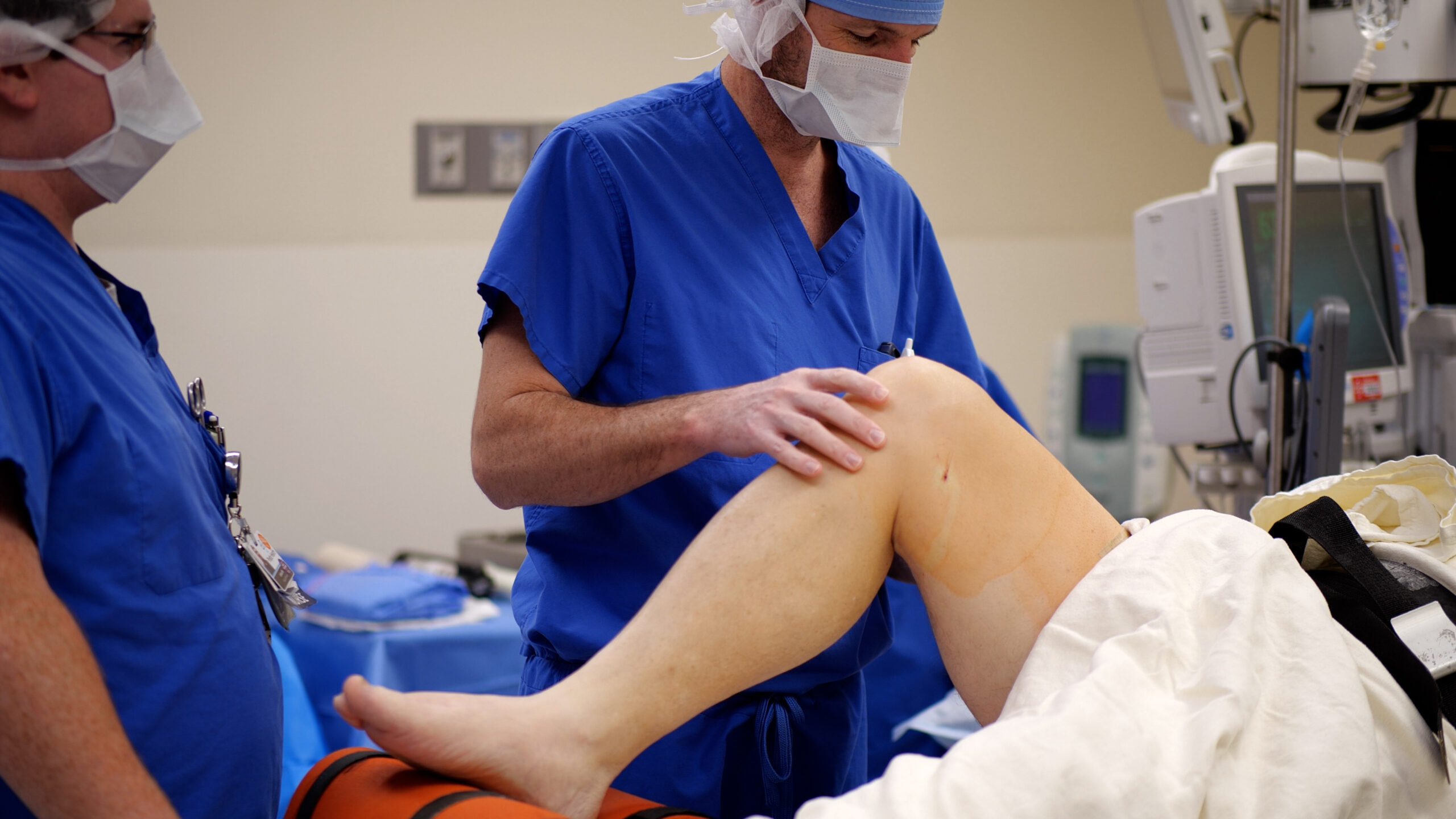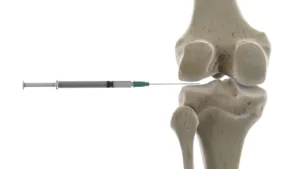For many individuals grappling with persistent knee joint pain, stiffness, and diminished mobility due to severe arthritis (including osteoarthritis), knee replacement surgery can be a truly life-changing solution. This procedure offers the chance to get back on your feet and regain an active lifestyle. Dr Bradley Richmond specialises in knee surgery, including advanced MAKO Robotic Knee Replacement, designed to alleviate pain and restore function.
What is Knee Replacement surgery?
Knee Replacement surgery, also known as knee arthroplasty, involves removing the damaged parts of your knee joint and replacing them with artificial components, typically made of metal alloys and high-grade plastic. This procedure is primarily performed when the cartilage that cushions your knee has worn away, leading to painful friction due to knee arthritis.
The evolution of precision: Robotic Knee Replacement
Modern orthopaedic surgery has embraced cutting-edge technology to enhance precision and outcomes. Robotic knee replacement is a significant advancement in this field.
- How it works: Systems like the MAKO Stryker Robotic Knee Replacement assist your orthopaedic surgeon by providing a highly accurate 3D model of your unique knee anatomy during pre-operative CT scan planning. During surgery, the robotic arm guides the surgeon’s tools, allowing for extremely precise bone cuts and optimal positioning of the new artificial knee joint components.
- Benefits of Robotics: This enhanced precision can lead to improved implant alignment, potentially better long-term function, and a more natural feeling knee post-surgery. Patients often experience less post-operative pain and a quicker return to activity compared to traditional methods, making robotic knee surgery an increasingly popular choice for a total knee replacement.
What to expect from your knee replacement journey
Your journey through knee replacement surgery involves several phases, all designed to ensure a smooth and successful outcome.
- Pre-operative Preparation: Before your knee replacement operation, Dr Richmond and his team will ensure you are medically fit for surgery. You may be advised to modify aspects of your lifestyle or use of medications in preparation for surgery. Remaining active and performing exercises to strengthen your muscles pre-operatively, can also significantly aid in your recovery. We will also provide comprehensive information regarding the knee replacement cost and other fees.
- The Surgical Procedure: The surgery itself typically takes 1.5-2 hours. Dr Richmond will carefully remove the damaged bone and cartilage and then precisely implant the new components, secured with bone cement or designed to allow bone to grow onto them (for a cementless knee replacement).
- Hospital Stay: You can expect to be in the hospital 2-5 days (usually 3 nights), where early mobilisation with the help of physiotherapists will begin. Pain management is a priority, using various strategies to keep you comfortable.
Rehabilitation and Recovery: This is a crucial phase. Physiotherapy for knee replacement should begin almost immediately and continue for several months. A structured program is vital for regaining range of motion, strength, and confidence in your new knee. While full recovery can take 6-12 months, most patients experience significant improvement in pain and mobility much earlier.
If you are experiencing debilitating knee pain and are exploring your options, including Robotic Knee Replacement, Request a Consultation with Dr Bradley Richmond.




